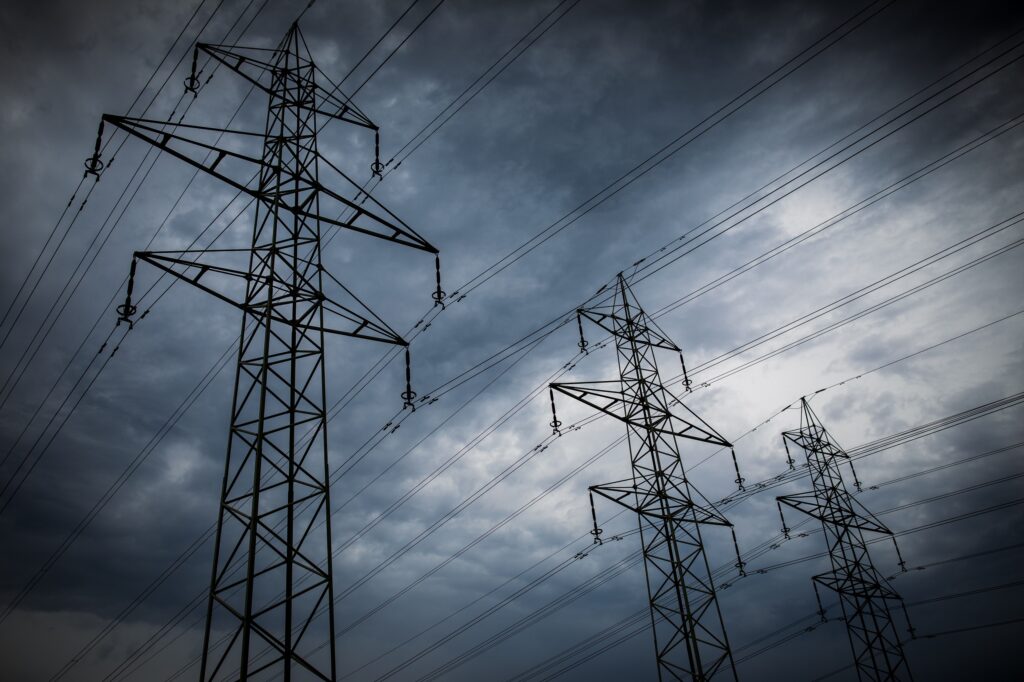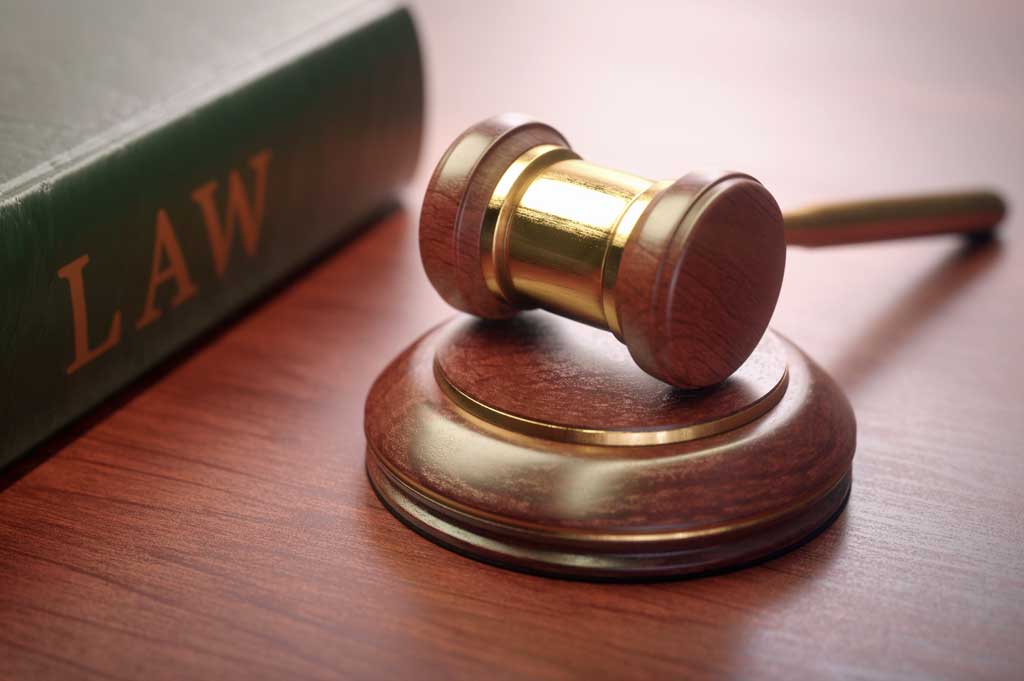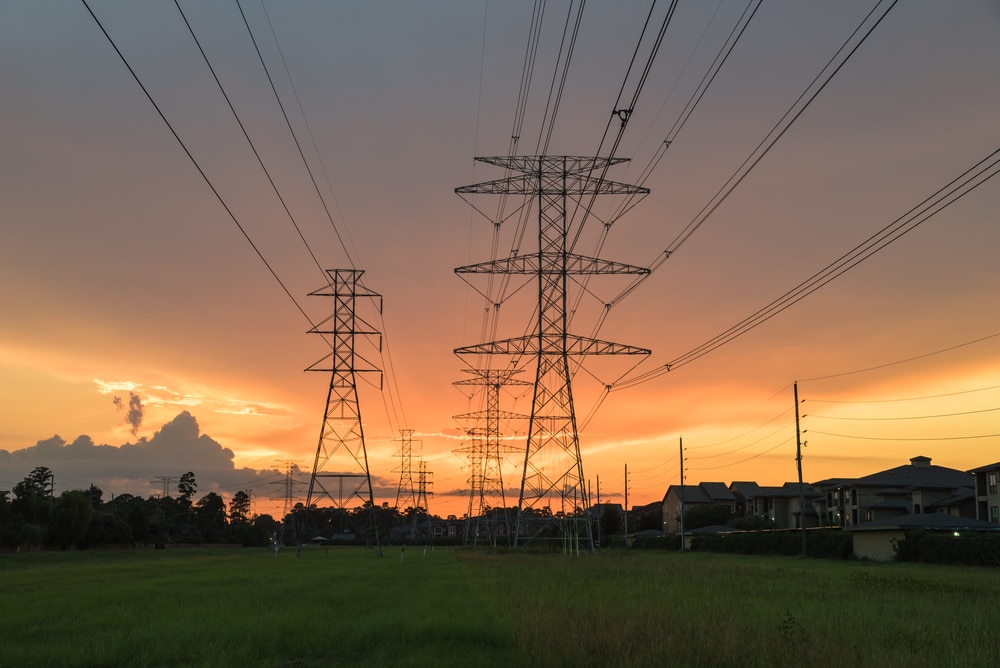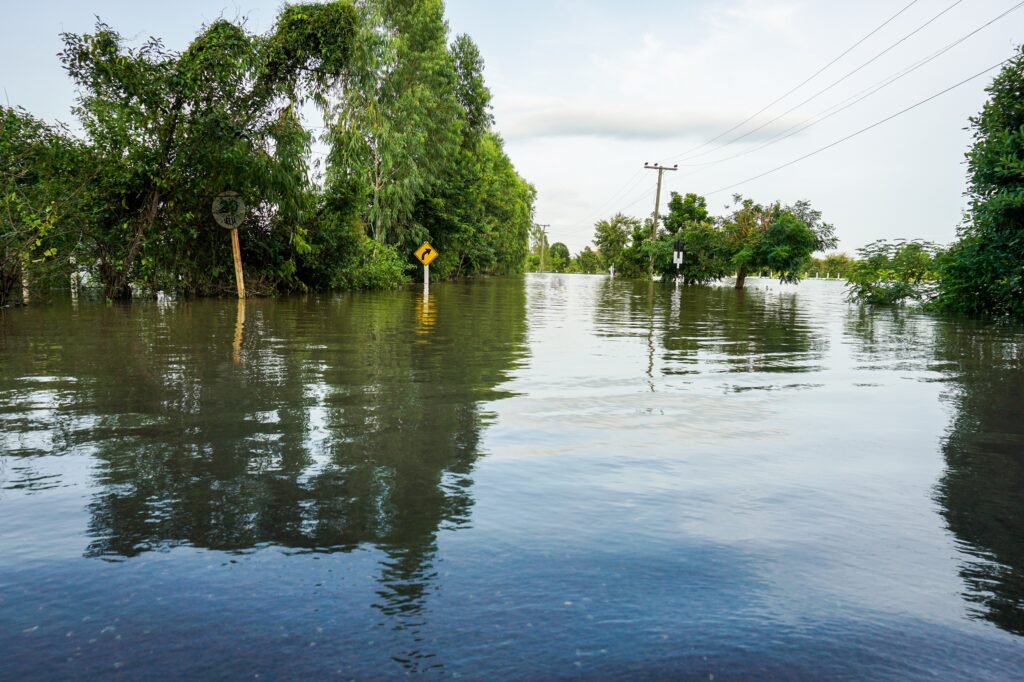Some takeaways from the “Trump 25”
During the 2016 campaign, then-candidate Donald Trump released a list of names that, if elected, he would use to nominate the next Supreme Court justice. The original list started with only 11 names but grew during the campaign to include 10 additional ones including Neil Gorsuch—Trump’s selection to replace Justice Antonin Scalia. After Gorsuch’s confirmation, Trump added another five names to the list.
Since Justice Anthony Kennedy’s announced retirement, attention has again turned to Trump’s Supreme Court list. And while there have been reports that the list has narrowed (or even widened) in recent days, Trump has confirmed that the next Supreme Court justice will come from his previously released list of 25 names.
A review of the “Trump 25” reveals a list of several nominees with records remarkably similar to those currently serving on the Supreme Court. For example, 23 of the 25 potential nominees currently serve as judges in lower courts. From this number, 15 are currently in the U.S. Court of Appeals. To compare, seven of the eight current justices (excluding Justice Kennedy) served in the Court of Appeals before their nominations, with Justice Elena Kagan as the only exception.
In addition to serving as judges, most of the Trump 25 served as law clerks early in their legal careers. Eighteen clerked in federal courts, including ten who clerked for Republican-appointed Supreme Court justices. (Notably, two potential nominees – Brett Kavanaugh and Raymond Kethledge – clerked for retiring Justice Kennedy himself.) Likewise, six of the eight current justices clerked in the federal courts, and four (Roberts, Breyer, Kagan and Gorsuch) clerked in the Supreme Court.
Seventeen of the Trump 25 also served in government, either as White House attorneys, senior advisors, state and federal prosecutors, public defenders, state solicitors general, JAG officers or politicians. Several of the current justices served in like positions. Chief Justice Roberts and Justices Alito and Gorsuch held various positions inside the DOJ. Justice Thomas led the U.S. Equal Employment Opportunity Commission. Justice Kagan worked in the Clinton White House. Justice Breyer was counsel to the U.S. Senate Judiciary Committee and Justice Sotomayor served as a Manhattan prosecutor.
Yet beyond these similarities, the Trump 25 also highlight experiences and backgrounds distinguishable from the current members of the court. First is experience in state government. Eleven of the Trump 25 serve or previously served as state supreme court justices. No current Supreme Court justice has.
Second is geographical diversity. Five of the eight current justices hail from coastal states, including four from the New York City metropolitan area. The Trump 25 come mostly from the heartland. And interestingly (and perhaps not coincidentally), only four reside in states that voted for Hillary Clinton in the 2016 presidential election.
Third is educational background. The current justices have remarkably similar educational backgrounds: seven of the eight current justices received law degrees from either Harvard or Yale. (And Justice Ginsburg—the only current justice not to do so—attended Harvard before transferring to Columbia.) In contrast, most of the Trump 25 have non-Ivy League backgrounds and attended schools such as University of Oklahoma, University of Kansas, Marquette, Tulane, University of Miami and the University of Georgia.
The White House says it will announce its nominee on July 9. Whether Trump selects a more traditional pick (an Ivy-League graduate serving on the U.S. Court of Appeals) or a more unorthodox selection (a state supreme court justice who attended a large public university), the Trump 25 nevertheless reveals that the White House is willing to look to both traditional and nontraditional candidates in filling future judicial vacancies on the Supreme Court.
Anthony Marcum is a research associate for the R Street Institute’s Governance Project.







